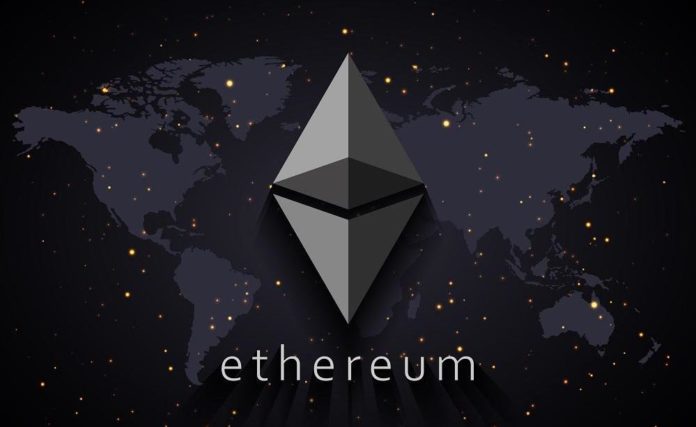For the first time since the historic transition known as the Merge, Ethereum has entered an inflationary phase, a development that could have profound implications for the cryptocurrency’s value and the wider ecosystem it supports. This shift marks a pivotal moment in Ethereum’s evolution, potentially reshaping investment strategies and economic models centered around the second-largest cryptocurrency by market cap.
Ethereum’s transition to becoming inflationary defies the common trajectory anticipated by many investors and users. Previously, the Merge was touted as a step towards making Ethereum more energy-efficient and potentially less inflationary by moving from proof-of-work (PoW) to proof-of-stake (PoS) consensus mechanism. However, the actual economic repercussions are now beginning to unfold in unexpected ways.
The core of the issue lies in the network’s new token issuance versus its consumption. In a PoS system, the creation of new tokens is inherently linked to the staking process, where validators lock up their tokens to secure the network and, in return, receive new tokens as rewards. This model, while more energy-efficient, also introduces complexities in controlling the rate of new token creation.
The inflationary turn suggests that the rate of new Ether issuance has outpaced the rate of burn—a process where a fraction of the transaction fees is permanently removed from circulation. This dynamic is influenced by numerous factors, including network usage, transaction fees, and the staking yield, which can fluctify based on how much Ether is staked and the overall network activity.
This new phase could lead to significant shifts in market dynamics. For investors, the inflationary aspect might change the attractiveness of Ether as a store of value, contrasting sharply with Bitcoin, which is often seen as ‘digital gold’ due to its capped supply. Furthermore, if Ethereum continues to experience inflation, it may alter the fundamental aspects of investment calculations, such as the total cost of ownership and the expected returns on investment from staking.
For developers and users of the Ethereum network, an inflationary Ether could mean changes in gas fees and the broader economics of running applications on this blockchain. If Ether becomes less scarce, it might lower the cost barrier for running complex applications and smart contracts, potentially leading to increased innovation and more widespread adoption of decentralized applications.
Moreover, this shift touches on broader economic discussions within the cryptocurrency community about inflation and deflation in digital economies. Unlike traditional fiat currencies managed by central banks, cryptocurrencies offer a unique experiment in predetermined monetary policy. Ethereum’s new inflationary trend provides valuable insights into how digital currencies can respond to market dynamics and technical changes.
While some may view this development with skepticism, others might see it as an opportunity for Ethereum to mature and adapt. As the ecosystem continues to evolve, the inflationary shift will likely spark further debates and discussions about the best path forward for Ethereum and how it can balance growth, security, and economic stability.
Overall, this turn to inflation is not just a technical footnote in the annals of cryptocurrency history but a significant event that could redefine the economic landscape of digital assets. As Ethereum continues to evolve, the community, investors, and observers alike will need to recalibrate their expectations and strategies in light of this new economic reality.


